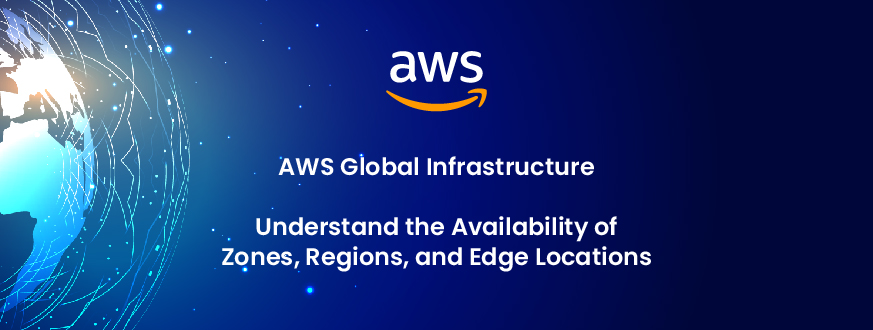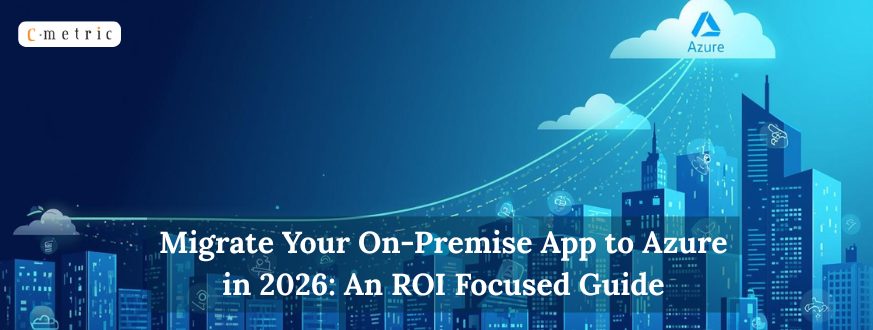In this era of Information & Technology, cloud computing usage has increased rapidly in the last few years. Today we will see some aspects of the cloud and learn the global infrastructure of the biggest cloud provider – AWS (Amazon Web Services).
What is Cloud Computing?
“Cloud” means over the internet, and “Cloud computing” means the delivery of different kinds of computing services which includes “servers” for running and hosting of a wide range of applications, “storage” for storing small or large files, “databases” for storing data in a structured and unstructured format, “networking” having private and public networks, software, analytics, and intelligence.
What’s AWS?
AWS (Amazon Web Services) is a Cloud Provider. They provide you with servers and services that you can easily use on-demand and scale. AWS has revolutionized IT over time, and it powers some of the biggest websites in the world like “Amazon.com,” “Netflix,” etc. AWS offers a large variety of services interconnected with each other, like a spaghetti bowl, and some of them are shown below.
AWS enables you to build sophisticated and scalable applications. Applicable to a diverse set of industries which includes use cases like,
- Enterprise IT, Backup & Storage, Big Data analytics
- Website hosting, Mobile & Social Apps
- Gaming
Ultimate Guide to AWS Cloud Migration: Steps, Strategies, and Benefits
AWS Global Infrastructure
The infrastructure of AWS contains regions, availability zones, data centers, edge locations, or points of presence.
AWS Regions
AWS region is a cluster of data centers. It has regions all around the world. Regions name can be like “us-east-1”, “EU-west-1” etc. Most AWS services are region-scoped.
How to choose an AWS region?
If you want to launch a new application, then you should consider the below parameters to choose a region:
- Compliance with data governance and legal requirements: Data never leaves a region without your explicit permission.
- Proximity to customers: Reduced latency.
- Available services within a Region: New services and new features aren’t available in every region.
- Pricing: Pricing varies from region to region and is transparent on the service pricing page.
AWS Availability Zones
Each region has many availability zones (usually 3, min is 2, max is 6). Example: ap-southeast-2a, ap-southeast-2b, ap-southeast-2c etc. Each availability zone (AZ) is one or more discrete data centers with redundant power, networking, and connectivity. They’re separate from each other so that they’re isolated from disasters. They’re connected with high bandwidth, ultra-low latency networking.
AWS Points of Presence (Edge Locations)
Amazon has 216 Points of Presence (205 Edge Locations & 11 Regional Caches) in 84 cities across 42 countries. Content is delivered to end-users with lower latency.
Ket Takeaway
AWS is actively offering 200 services around various geographical locations across the world. AWS local zones are connected to the parent region via Amazon’s redundant to manage regions and connected locations for convenient services to the end-users. If you are looking for a helping hand to leverage AWS global network to deploy your app to multiple AWS regions at a single click, then we can be your one-stop solution.
Hire AWS cloud architect from us to become a part of the largest and most dynamic ecosystem with AWS Global Infrastructure.
How to Find the Right Mobile App Development Company to Outsource? – A Quick Guide.
FAQs
Is AWS S3 global or regional?
Amazon S3 bucket is globally unique, and all AWS accounts share the namespace. So once the bucket is created, no other account can use the name of that bucket used by another AWS account in any AWS Region until the bucket is deleted.
What are the top AWS Global Services?
Amongst a wide range of global cloud-based products few of the renowned AWS global services are database, analytics, compute, storage, networking, mobile, developer tools, IoT, ML & AI, security, enterprise applications, and much more.
Name the main components of the AWS global infrastructure?
- Availability Zones (AZs)
- Regions
- Edge Locations
- Regional Edge Caches
Author– Sahil Joshi (Associate Team Lead)













Get in Touch